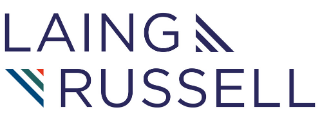Digital Strategy
What’s the Point? Getting Strategy Right
Prompted by reading and reflecting on a recent article “Getting strategy wrong and how to do it right instead” published in McKinsey Quarterly, we concluded that the best place to start is with the “what’s the point” question. Real, open, informed discussions amongst senior leaders are essential if you are going to get strategy right.…
Read MoreComfortable with Uncomfortable Debate
Whichever label we give it, fundamentally what our clients value from the Laing Russell team is the delivery of beneficial change, done right. Changing digital technology, systems, business process, operating model or structure and changing behaviours to deliver sustained value for organisations. Recent work has reinforced for us that a critical part of doing change…
Read MoreRip it up and start again?
Every now and again a song lyric becomes the summary of an idea for me. Over the last couple of weeks a key theme of sessions with clients has been to what extent should their pre-pandemic strategy, approach or play-book be ditched and an entirely new approach be set out. Or, with acknowledgement and respect…
Read MorePowerful Questions
We spoke with a number of established clients in developing Laing Russell’s positioning, seeking to understand what was the source of our value. A common theme that got us thinking was that whilst knowing stuff is important, clients speak in terms of the value is based on asking really good questions. Aligned with our encouragement…
Read More


